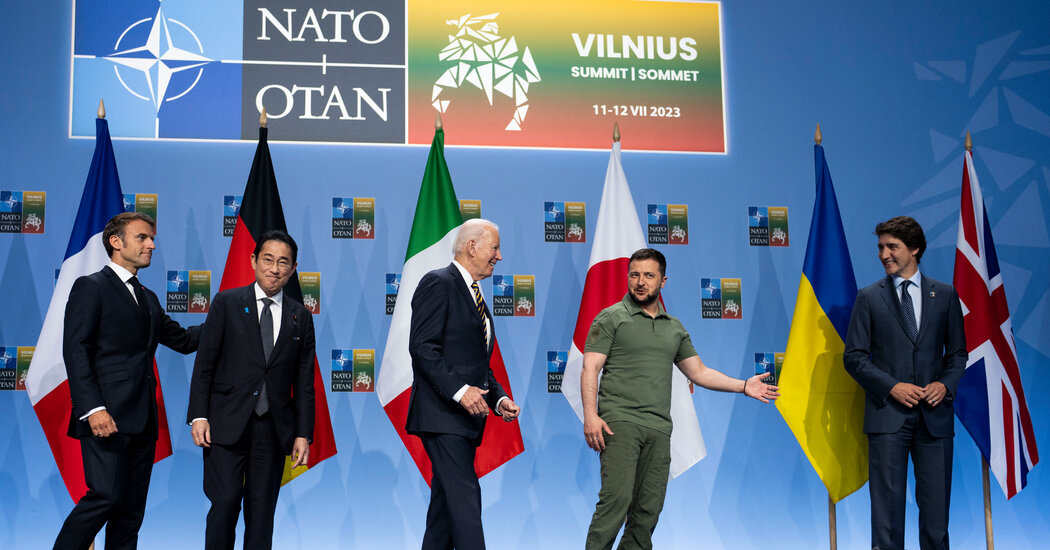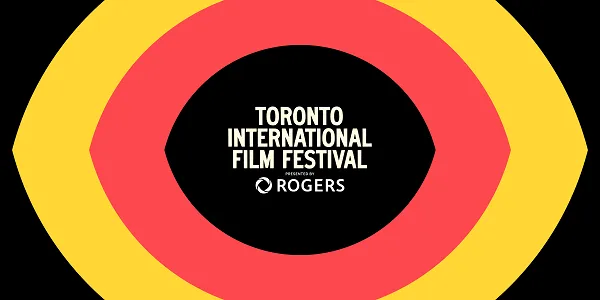When President Biden and his aides planned the 75th anniversary of NATO, which opens on Tuesday evening in Washington, it was intended to create an aura of confidence.
The message to President Vladimir V. Putin of Russia and other potential adversaries would be that a larger, more powerful group of Western allies had emerged, after more than two years of war in Ukraine, more dedicated than ever to pushing back on aggression.
But as 38 world leaders began arriving here on Monday, that confidence seems at risk. Even before the summit formally begins, it has been overshadowed by the uncertainty about whether Mr. Biden will remain in the race for a second term, and the looming possibility of the return of former President Donald J. Trump.
Mr. Trump once declared NATO “obsolete,” threatened to exit the alliance and more recently said he would let the Russians do “whatever the hell they want” to any member country he deemed to be insufficiently contributing to the alliance. In recent days, as Mr. Trump has edged up in post-debate polls, key European allies have begun discussing what a second Trump term might mean for the alliance — and whether it could take on Russia without American arms, money and intelligence-gathering at its center.
Mr. Biden will greet the leaders in the vast Andrew W. Mellon Auditorium a few blocks from the White House on Tuesday night — the same room where the treaty creating NATO was signed in 1949, in a ceremony presided over by President Harry S. Truman. Mr. Biden was 6 years old at the time, and the Cold War was in its infancy.
He is now 81 and perhaps the most vocal advocate in Washington for an alliance that has grown from 12 members in 1949 to 32 today as the era of superpower conflict has roared back. But as they gather on Tuesday evening, the leaders will be watching Mr. Biden’s every move and listening to his every word for the same signals Americans are focused on — whether he can go the distance of another four years in office.
Mr. Biden knows that, and said in an interview with George Stephanopoulos on ABC on Friday that he welcomed the scrutiny. “Who’s going to hold NATO together like me?” the president asked rhetorically. “I guess a good way to judge me,” he said, is to watch him at the summit — and to see how the allies react. “Come listen. See what they say.”
As they arrived, NATO leaders acknowledged that the alliance was facing a test they did not anticipate: whether it could credibly maintain the momentum it has built in supporting Ukraine when confidence in its most important player has never been more fragile.
And they know that Mr. Putin and Xi Jinping, China’s leader, are watching as well.
“NATO has never been, and is not, and will never be, a given,” Jens Stoltenberg, the outgoing secretary general of the alliance, said on Sunday in a wide-ranging discussion with journalists. “We have done so successfully 75 years. I’m confident that we can do so also in the future. But it’s about political leadership, it’s about political commitment.”
Months before the meeting, the alliance began hedging its bets in case of a second Trump presidency. It is setting up a new NATO command to ensure a long-term supply of arms and military aid to Ukraine even if the United States, under Mr. Trump, pulls back.
But in conversations with NATO leaders, it is clear that their plans to modernize their forces and prepare for an era that could be marked by decades of confrontation with Russia are not matched by commensurate increases in their military budgets.
More than 20 NATO members have now reached the goal of spending 2 percent of their gross national product on defense, making good on pledges that some made in response to Mr. Trump’s demands, and others to the realities of Russia’s invasion. That percentage — a goal established more than a decade ago, in an era when terrorism appeared to be the biggest threat — seems wildly undersized to the task at hand, many of Mr. Biden’s aides say.
In Europe, Germany has described plans for upgrading its military capabilities to deter Russian aggression, a transformation promised by Chancellor Olaf Scholz in the weeks after the Russian invasion. But Mr. Scholz’s grand plans have yet to be matched by a budget to pay for them, and the politics of bringing the public along have proved so fraught that German officials resist putting a price tag on them.
Carl Bildt, the co-chairman of the European Council on Foreign Relations and a former prime minister of Sweden, wrote recently that European nations “will need to double” their budgets “yet again in order to credibly deter threats from an increasingly desperate Russian regime.”
Despite that, White House officials said on Monday that Mr. Biden would not press for new military spending targets.
But the more immediate problem for Mr. Biden and Mr. Scholz is to avoid another public blowup with President Volodymyr Zelensky of Ukraine over the question of how his country’s eventual accession to NATO is described.
Last year, as he headed to Vilnius, Lithuania, for the annual NATO meeting, Mr. Zelensky vented his displeasure at the lack of a timetable for Ukrainian entry into the alliance. “It’s unprecedented and absurd when a time frame is not set, neither for the invitation nor for Ukraine’s membership,” he wrote on social media at the time.
He was temporarily placated when he arrived, with a commitment from the alliance that Ukraine could skip some of the hoops other nations have had to jump through before they could join.
But for months now, NATO nations have been negotiating over language that would work around the problem, without allowing Ukraine’s entrance while it remains at war.
In recent weeks, negotiators began to settle on a new approach: It is expected that the alliance will declare Ukraine’s eventual inclusion in NATO “irreversible,” diplomats involved in the talks said.
While “irreversible” sounds definitive, it does nothing to solve Mr. Zelensky’s central demand — a date when his country would fall under the protection of the NATO umbrella.
Mr. Zelensky’s case is, obviously, the most dire. But it is hardly the only one.
Seventy-five years after NATO was created to deter threats posed by the Soviet Union at the dawn of the Cold War, a few current and potentially future leaders among the alliance’s member states appear sympathetic to Russia’s diplomatic entreaties despite Moscow’s invasion of Ukraine.
Prime Minister Viktor Orban of Hungary visited Russia the other day, and in public remarks alongside Mr. Putin he said nothing critical of its invasion, or continued attacks on civilians. He hinted at looking for an opening to peace negotiations on terms similar to Russia’s demands.
The White House criticized the visit on Monday. John F. Kirby, a spokesman for the National Security Council, said Mr. Orban’s visit “certainly doesn’t seem to be productive in terms of trying to get things done in Ukraine,” adding, “It’s concerning.”
But to avoid any public split within NATO on the eve of the summit, Mr. Stoltenberg stopped short of criticizing Mr. Orban, noting that “NATO allies interact with Moscow in different ways, on different levels.”
Still, he suggested that trying to reach a settlement while Mr. Putin advances in Ukraine would not, ultimately, bring peace. “We all want peace,” Mr. Stoltenberg said. “It is always possible to end a war by losing a war. But that will not bring peace — that will bring occupation, and occupation is not peace.”















